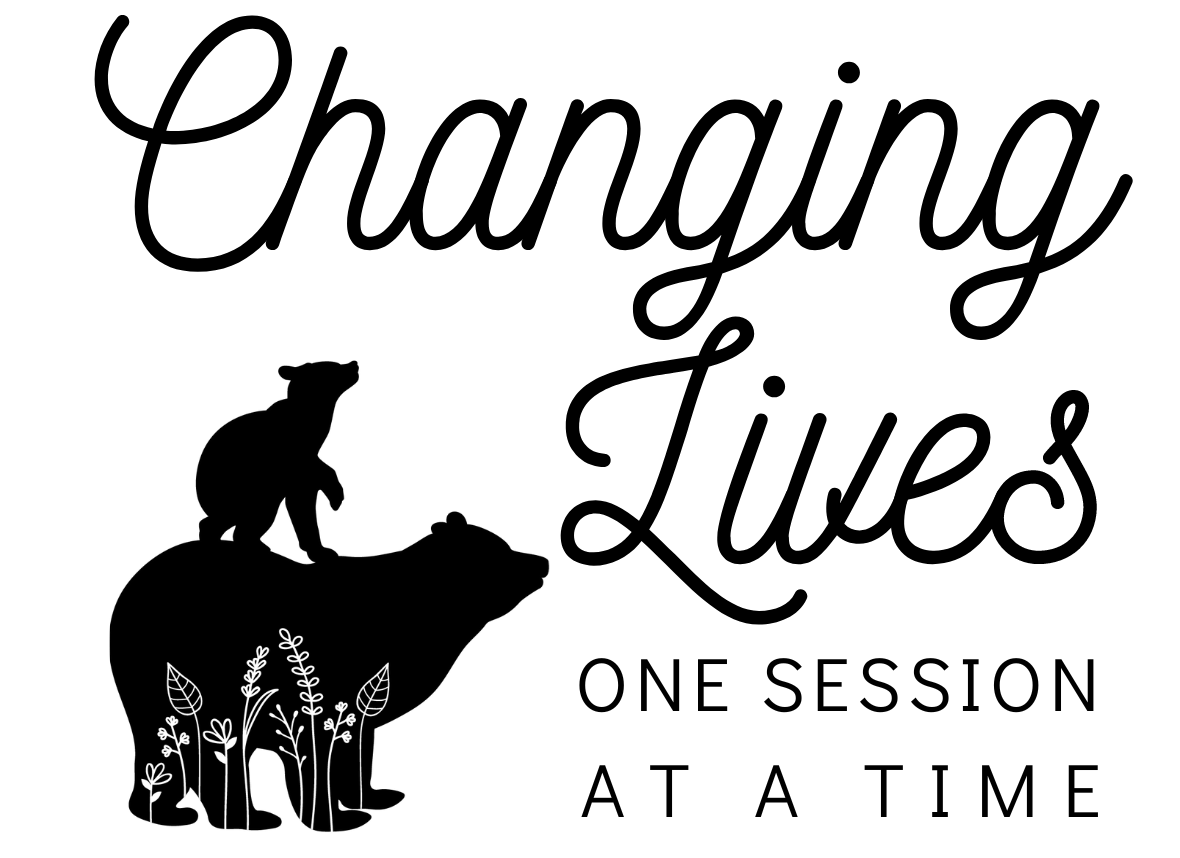Barrett’s Speech Assessment involves the following:
- Interview – To establish relevant history, we ask questions regarding health, development, family, current and past behaviors, and current or previous speech and language services, parent concerns and parent goals for therapy.
- Formal Testing – Formal testing allows speech and language pathologists to compare the child’s skills to other children of a similar age. Results of formal testing helps determine the need for therapy, types of skills to be targeted, and provides a baseline to monitor progress during therapy.
- Informal Testing/Observations – Informal testing and observations are an important part of the assessment and involve casual conversation and play time with the child. At times, a child may not be able to participate in formal testing, therefore, informal testing becomes the basis of diagnosis and intervention.
Other Types of Assessments May Include:
- The Goldman Fristoe Test of Articulation, 3rd Edition (GFTA-3)
- Preschool Language Scales, 5th Edition (PLS-5)
- Social Language Development Test, Elementary (SLDT-E)
- Clinical Evaluation of Language Fundamentals, 5th Edition (CELF-5)
- Peabody Picture Vocabulary Test, 5th Edition (PPVT-5)
- Expressive Vocabulary Test, 3rd Edition (EVT-3)
- Oral and Written Language Scales, 2nd Edition (OWLS-2)
- Stuttering Severity Index, 4th Edition (SSI-4)
-
Comprehensive Assessment of Spoken Language, 2nd (CASL-2)
-
Receptive Expressive Emergent Language test, fourth edition needs to be added (REEL-4)
Specific Areas that are Assess at Barrett are:
- Articulation and Phonology – “People can not understand what my child is saying”
- Semantics – “My child does not seem to use a variety of words”
- Fluency – “My child stutters when he/she speaks”
- First Words – “My child is three years old and not yet speaking”
- Language/Syntax/Morphology – “My child uses only one word at a time, he/she is not yet speaking in phrases and I think he/she should be”
- Receptive Language – “I am not sure my child understands what I say to him/her”
- Social/Pragmatics – “My child has been diagnosed with Asperger’s or with an Autism Spectrum Disorder. He/She is having a difficult time interacting with peers.”
The Result of a Speech and Language Assessment is a Written Report Containing:
- Information about the child’s history and development
- A description of your child’s current skill level in the specific area’s tested
- Recommendations based on skills observed during testing which may include: participating in a speech therapy program, referral to another professional, participation in a home program, or no need for therapeutic intervention.
